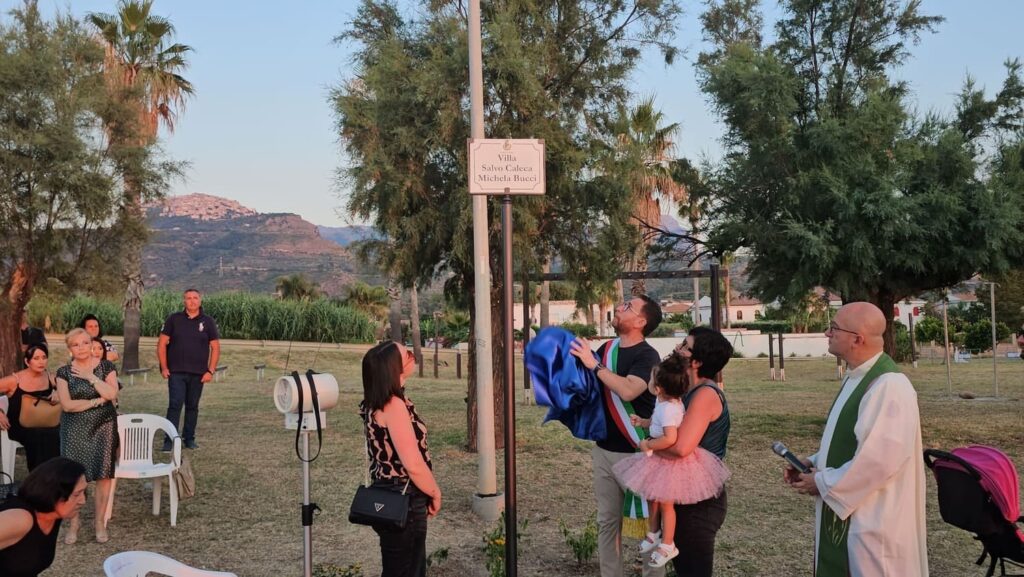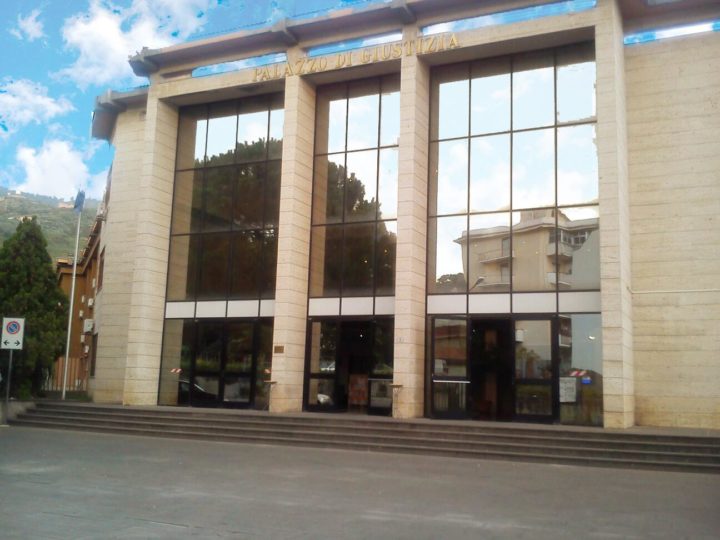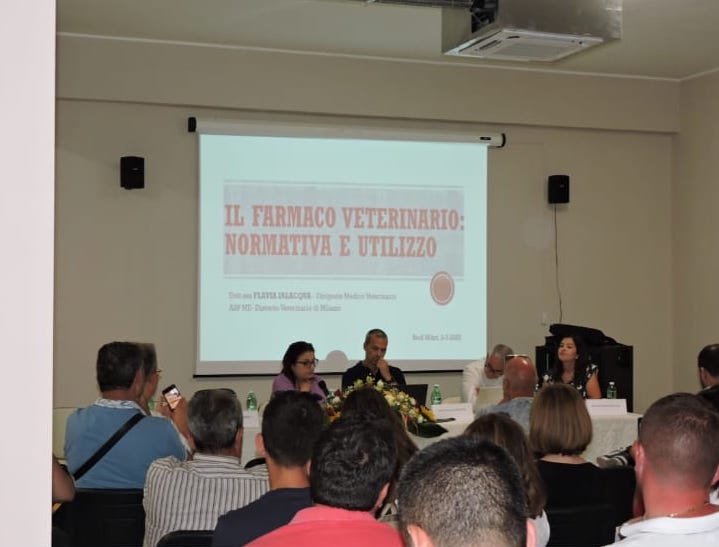La Dda di Palermo ha disposto il fermo a Messina di tre persone accusate di sequestro di persona, tratta di esseri umani e tortura. Avrebbero trattenuto in un campo di prigionia libico decine di profughi pronti a partire per l’Italia. Testimoni che li hanno identificati hanno raccontato di essere stati torturati, picchiati e di aver visto morire compagni di prigionia.
I tre gestivano per conto di una organizzazione criminale un campo di prigionia a Zawyia, in Libia, dove i profughi pronti a partire per l’Italia venivano tenuti sotto sequestro e rilasciati solo dopo il pagamento di un riscatto. I fermati sono accusati a vario titolo di associazione a delinquere finalizzata alla tratta di persone, alla violenza sessuale, alla tortura, all’omicidio e al sequestro di persona a scopo di estorsione. Al momento del fermo si trovavano nell’hot-spot di Messina. Si tratta di Mohammed Condè, detto Suarez, originario della Guinea, 27 anni, Hameda Ahmed, egiziano, 26 anni e Mahmoud Ashuia, egiziano, 24 anni.



![ROA170131192 Migrants look out from behind the bars of a cell at the detention centre in Garian, Libya, Tuesday 31 January 2017. The Garian detention centre, located 70 kilometres south of Tripoli, was constructed in 2006 following an agreement between the Italian and Libyan governments in an attempt to stem the flow of migrants reaching Italy. When UNICEF visited the centre on 31 January 2017, the population consisted of 27 women (four of whom were pregnant), one 11-month old child, a four year old, as well as 1,352 men - of which 250 were under the age of 16. The centre is at the crossroads of areas controlled by different militias fighting with each other: the Warshafana, the militias of Tripoli and the militias who support Haftar in Benghazi. For this reason it is a very dangerous centre, for officers who work there and for migrants in detention. The detention centre is currently managed by the Libyan National Army, and most migrants remain there for a period of 8 to 10 months according to the manager Abdalhamad Altunisa. "Children are often alone, they cross 2000 kilometres of desert without their families, and they are rescued at sea without documentsî, said Altunisia ìthis makes it difficult for us to know their real nationality and age. Before 2014 we brought them back to the border between Nigeria and Libya to take them back to their countries, but after the last civil war it was much more difficult. Those areas are dangerous even for usî. Migrants who were being held in the cells said they are rarely allowed out. Many of the those being held are sick, and some detainees are said to have passed away because they have no access to medical care. The director of the centre, Altunisa, said "the official government [of Sarraj] does not give us the money to pay salaries and to pay those who bring us food. So often we do not have enough food or drinking water. This winter was particularly cold and in recent weeks 15 migrants froze to death."
Libya is a country in turm](https://www.amnotizie.it/wp-content/uploads/elementor/thumbs/prigionia-odubmve4txs6a1ohy9b010v0ycfqm0hjkmw3omaf7w.jpg)









